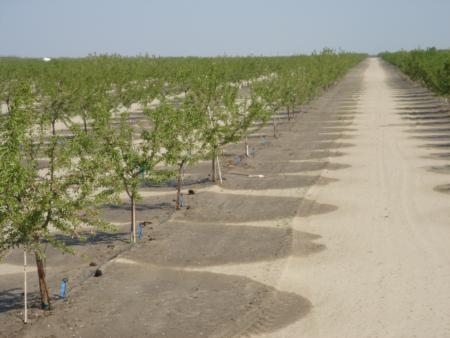
To mark its centennial anniversary, UCCE is hosting a Day of Science and Service to engage all Californians in creating an extensive statewide dataset on pollinators, food and water. Farmers may attend any of the myriad public celebrations on May 8. Computers will be available at the events for participation in the citizen science project. Or, if their schedules do not permit, they can quickly link in on their own computers or smart phones to record their efforts.
To participate, farmers can open http://beascientist.ucanr.edu. Click on the icon for water and find the farm on the map or search by address. The survey is set up for all California residents to record their water-saving in the household, garden and landscape. Farmers can click on the boxes that reflect their agriculture operations' water-saving strategies:
o Using drip/micro irrigation
o Scheduling irrigation efficiently
o Changing to drought-tolerant crops
o Using deficit irrigation
o Managing the soil
o Other
The system also allows users to upload a related photo. The whole process takes about a minute. No registration is necessary and the system doesn't collect email addresses. Twitter users can tweet about their participation in the Day of Science and Service using the hashtag #beascientist.
In addition to providing a better understanding of ongoing water-saving efforts, the Day of Science and Service aims to raise awareness about water conservation on farms and in households. Given the size of California, small savings across the board add up to a significant amount of water.
“Right now California is experiencing one of the worst droughts on record,” said Darren Haver, UCCE advisor in Orange County. “Some communities may run out of water in the next 10 years. If everyone in the state saves at least 10 gallons a month, we will be able to save over four and a half billion gallons a year.”